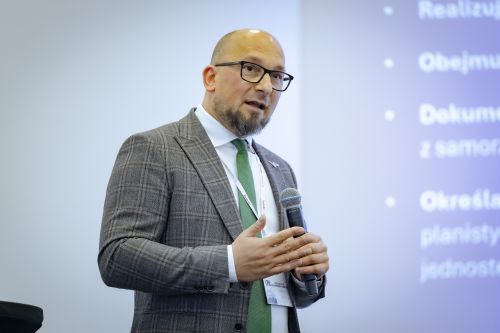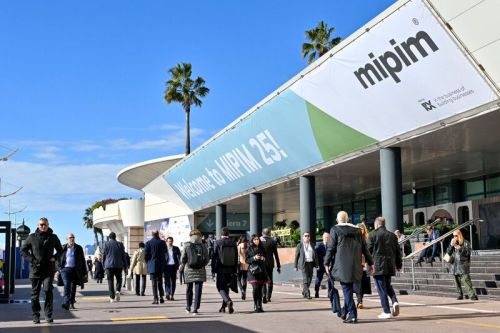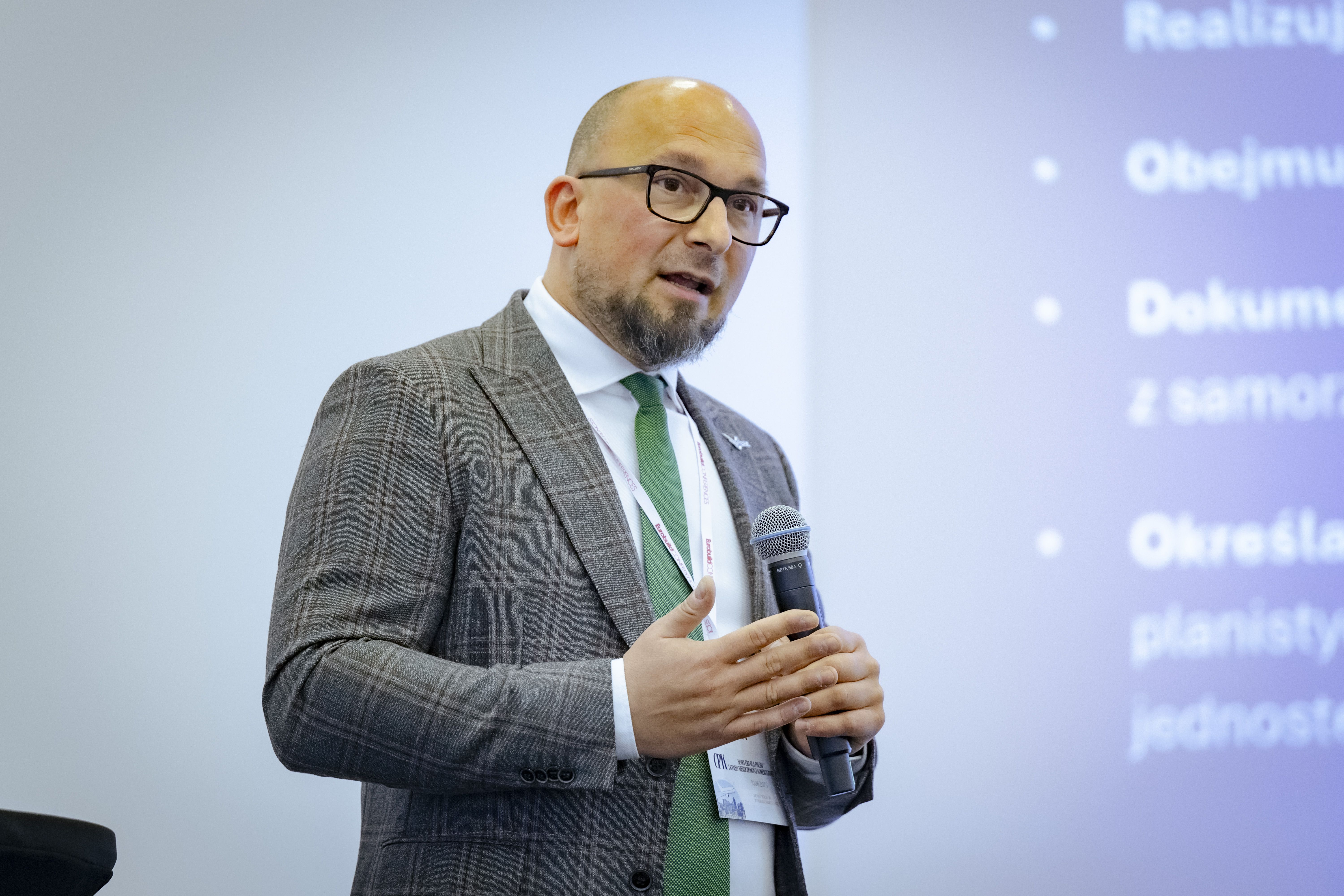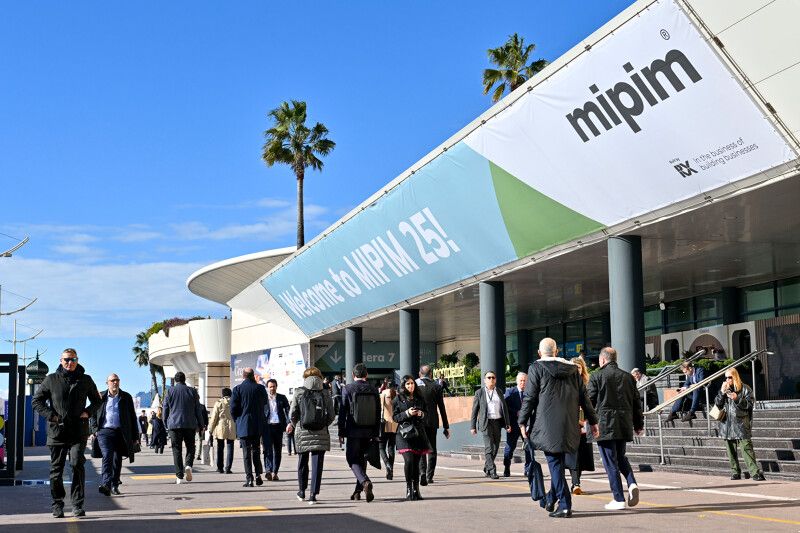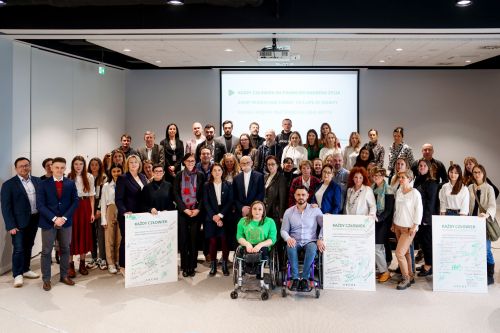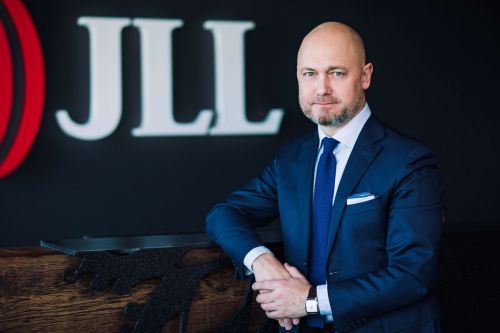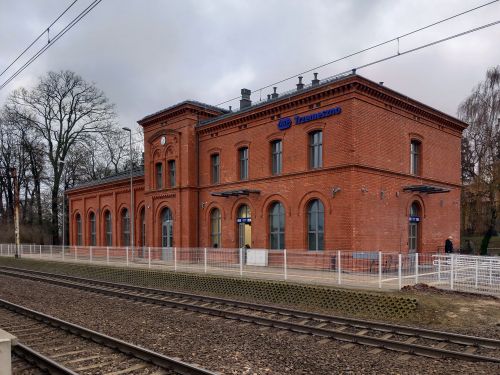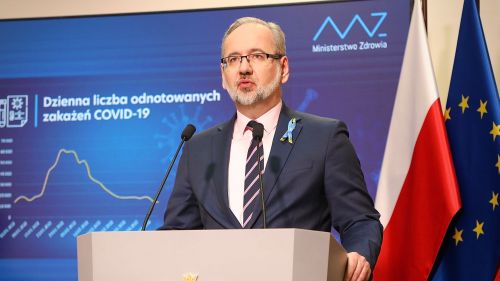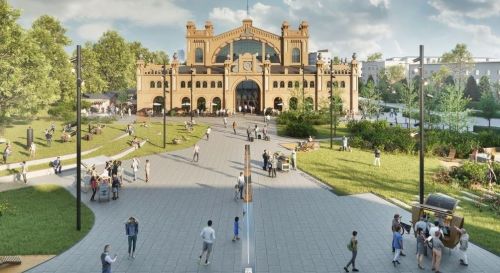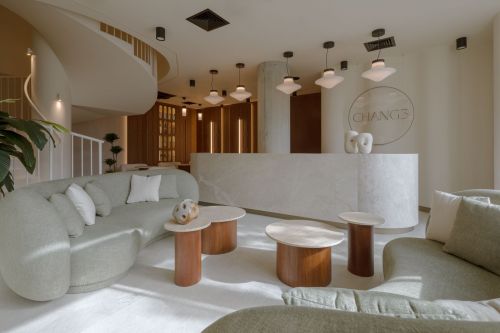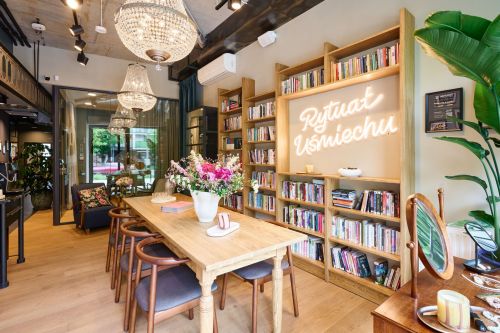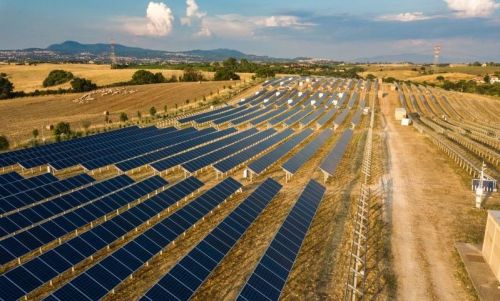‘Eurobuild Central & Eastern Europe’: In Autumn this year, Poland will be upgraded from an emerging market to a developed market. What effect will this have on the real estate market?
Beata Kokeli, country manager Poland and head of asset management at TriGranit: Poland has become a developed economy, with very strong GDP growth (5 pct y-o-y for Q3 2017), which has been mainly driven by very high domestic demand largely due to a very favourable labour market with an unemployment rate below 5 pct. The Polish real estate sector also shows this with its current yield figures, their current compression trend and the volume of transactions last year, but it’s not only these factors. There has appeared a new field of investment, one that is well known and recognised in developed economies, ie. hotels, students’ housing as well as the private rented sector, which is currently seeing a massive boom.
TriGranit has several office development plans in Poland. One




